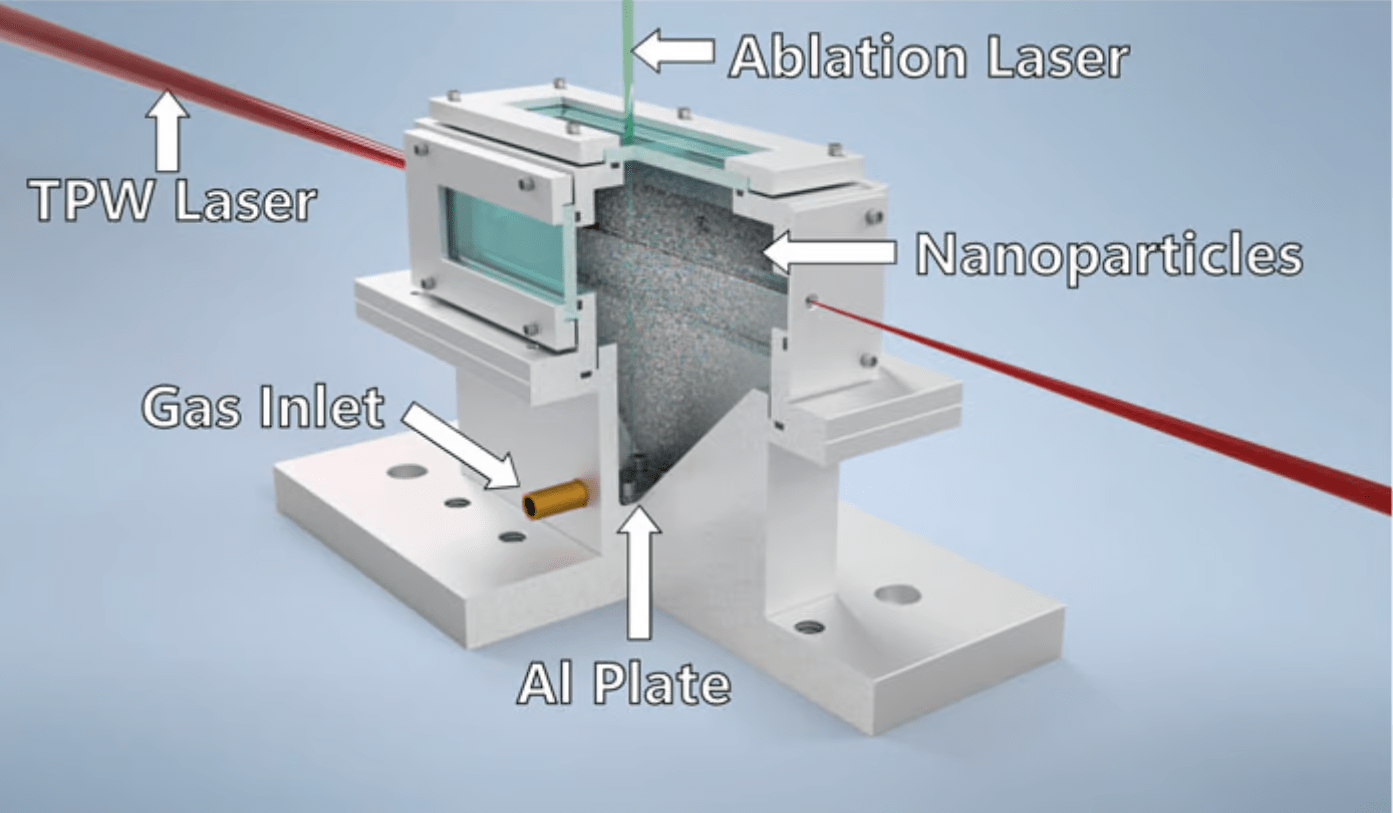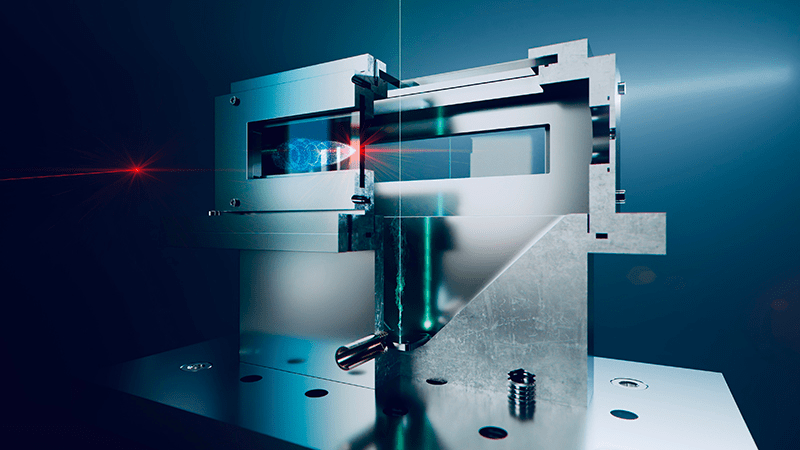In a groundbreaking leap for particle acceleration technology, TAU Systems has unveiled an ultra-compact particle accelerator that can accomplish the work of traditional counterparts measuring miles in a fraction of the space. This cutting-edge device, with a total length of less than 66 feet, is capable of producing particle beams at an astonishing 10 billion electron-volts (10 GeV), a level previously attainable only by massive accelerators over several kilometers.
The core of TAU’s innovation lies in its use of a modified version of wakefield acceleration, a technique conceptualized in 1979. Unlike conventional particle accelerators comprised of sequential rings, TAU’s device leverages a laser-driven wakefield accelerator. This technology transforms a light pulse into a light-speed electromagnet, propelling particles to extraordinary speeds over a remarkably short distance.

The accelerator’s operation involves a helium-filled gas chamber and the utilization of the Texas Petawatt Laser, one of the world’s most powerful lasers. As the laser pulses through the gas, it ionizes the medium into plasma, creating a wake behind it with powerful electrical charge fluctuations. TAU’s device introduces a crucial innovation: an auxiliary ablation laser that precisely injects bursts of metal nanoparticles into the chamber. These nanoparticles enhance the energy delivered to the electrons, ensuring they follow the laser bursts with optimal efficiency.
Bjorn “Manuel” Hegelich, associate professor of physics at the University of Texas and CEO of TAU Systems, likens the process to wake surfing, stating that nanoparticles act like “Jet Skis” that release electrons at precise moments, optimizing their placement in the wave. The result is a more controlled and efficient acceleration process.

Bjorn “Manuel” Hegelich, associate professor of physics at the University of Texas and CEO of TAU Systems, likens the process to wake surfing, stating that nanoparticles act like “Jet Skis” that release electrons at precise moments, optimizing their placement in the wave. The result is a more controlled and efficient acceleration process.
The potential applications of this ultra-compact, high-energy particle accelerator are vast. It could drive X-ray free electron lasers for capturing atomic or molecular-scale slow-motion videos. Additionally, it may play a crucial role in testing the resilience of electronic components against radiation, imaging semiconductor chip structures in 3D, and advancing medical technologies such as cancer treatments and diagnostic imaging. TAU Systems is further refining its technology, aiming to develop a tabletop-sized laser system that will significantly reduce the overall footprint and increase the firing frequency, opening doors to a new era of compact yet powerful particle acceleration.


